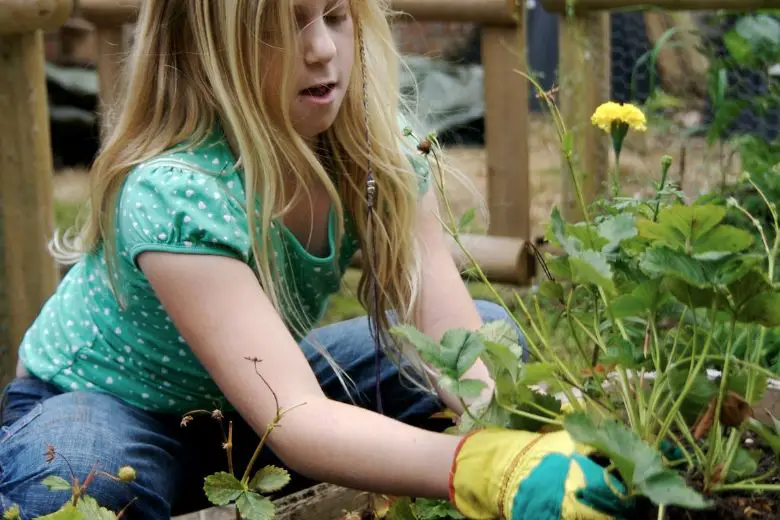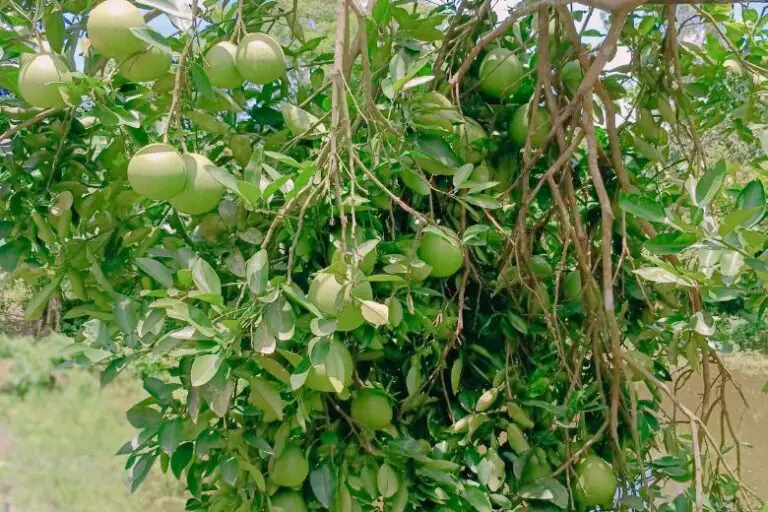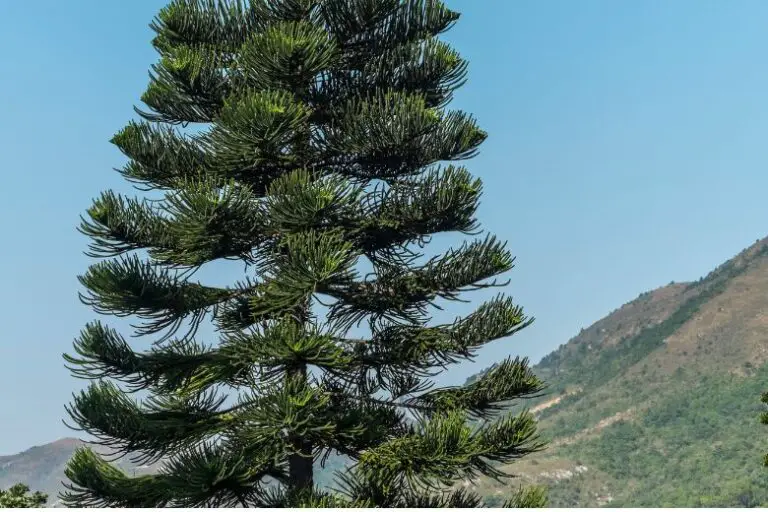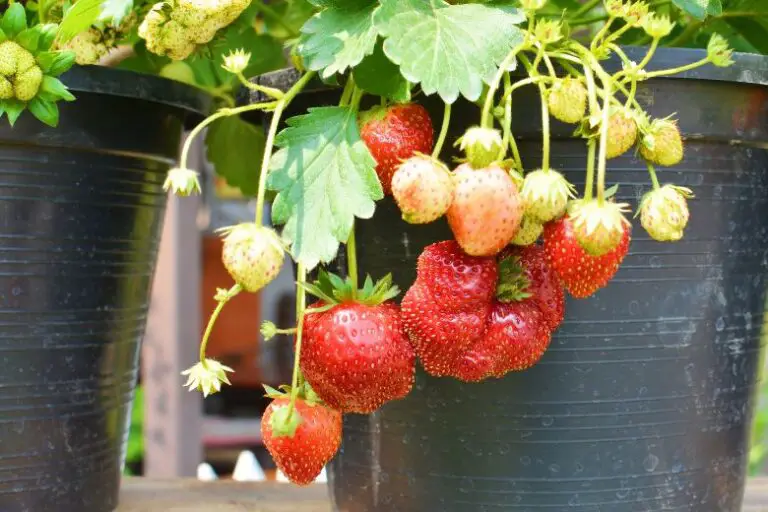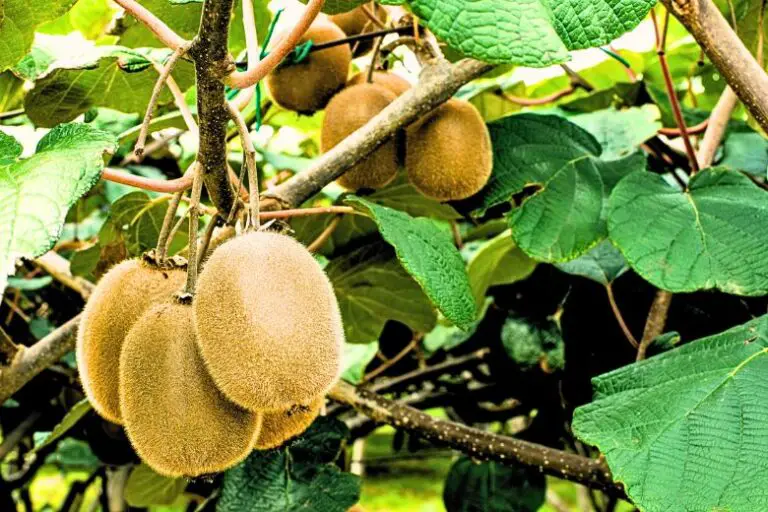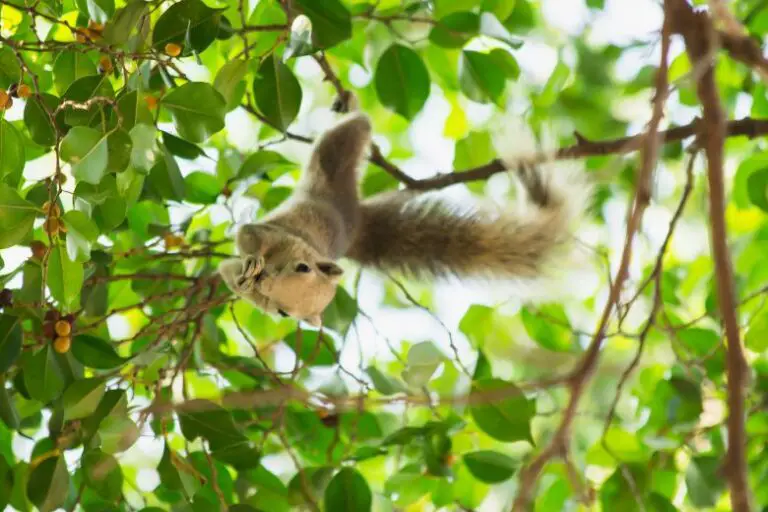When to Divide Strawberry Plants
Are your strawberry plants becoming overcrowded and yielding fewer fruits than before? It might be time to consider dividing them. Dividing strawberry plants can help rejuvenate them, promote better growth, and ultimately lead to a more bountiful harvest.
In this guide, we’ll walk you through the process of when and how to divide strawberry plants for optimal results

Why Divide Strawberry Plants?
Strawberry plants tend to multiply and form dense clumps over time. This can lead to competition for nutrients and space, resulting in weaker plants and smaller fruit production. Dividing the plants helps alleviate this overcrowding issue, allowing each plant to receive adequate nutrients, sunlight, and space to flourish.
Signs That Your Strawberry Plants Need Dividing
- Reduced Fruit Size and Quantity: If you notice that your strawberry harvest has been diminishing in both size and quantity, it’s a clear indication that the plants might be overcrowded and in need of division.
- Sparse Foliage: When the leaves of your strawberry plants start to appear smaller and less vibrant, it’s a sign that the plants are struggling to receive enough nutrients and sunlight.
- Limited Runner Production: Runners are the long stems that strawberry plants send out to propagate. If your plants are producing fewer runners or none at all, it’s a sign of plant stress due to overcrowding.
The Best Time to Divide Strawberry Plants
The ideal time to divide strawberry plants is during the late summer or early fall. This period allows the newly divided plants to establish their root systems before the harsh winter weather sets in. Dividing during this time also coincides with the end of the fruiting season, giving the plants ample time to recover and prepare for the next growing season.
Step-by-Step Guide to Dividing Strawberry Plants
Gather Necessary Tools and Materials
Before you begin, ensure you have the following tools and materials:
- Pruning shears or sharp scissors
- Shovel or garden fork
- Watering can or hose
- Compost or well-draining soil
Choose a Cloudy Day for Dividing
Select a cloudy day for the division process. This helps reduce stress on the plants as they won’t be exposed to intense sunlight immediately after being transplanted.
Prepare the New Planting Site
Choose a location for the newly divided plants that receives at least 6-8 hours of sunlight daily. Prepare the soil by incorporating compost and ensuring proper drainage.
Carefully Remove the Plant from the Ground
Use a shovel or garden fork to gently lift the strawberry plant from the ground. Be careful not to damage the roots.
Divide the Plant
Separate the plant into smaller sections, ensuring that each division has healthy leaves and roots attached. Trim any damaged or dead foliage.
Planting the Divided Crowns
Plant each division in the prepared soil, ensuring that the crown (where the leaves meet the roots) is level with the soil surface. Space the divisions appropriately to allow for proper growth.
Water and Mulch the Divided Plants
Give the newly planted divisions a thorough watering. Apply a layer of mulch around the plants to retain moisture and suppress weed growth.
Caring for Newly Divided Strawberry Plants
- Watering: Keep the soil consistently moist but not waterlogged for the first few weeks after planting.
- Fertilizing: Apply a balanced fertilizer to provide essential nutrients to the plants.
- Mulching: Maintain a 2-3 inch layer of mulch to help regulate soil temperature and retain moisture.
- Runners: Remove any runners that appear during the first growing season to direct the plant’s energy towards root and crown development.
Frequently Asked Questions
- Can I divide strawberry plants in the spring?
- Dividing strawberry plants in the spring can be risky, as they are entering their active growth phase. Late summer or early fall is a safer option.
- How often should I divide my strawberry plants?
- Dividing every 3-4 years is generally recommended to prevent overcrowding.
- Can I eat strawberries from newly divided plants right away?
- It’s best to avoid harvesting strawberries from newly divided plants in the first year. Allow the plants to focus on root establishment.
- What should I do with excess divisions?
- You can share them with gardening friends, replant them in another area of your garden, or even start a new strawberry bed.
- Do I need to cut back the foliage before dividing?
- Trimming back some of the foliage before dividing can reduce stress on the plants during the process.
Conclusion
Dividing strawberry plants might seem intimidating, but it’s a straightforward process that can rejuvenate your plants and enhance their productivity. By following the step-by-step guide outlined in this article, you’ll be well-equipped to divide your strawberry plants at the right time and with the proper techniques. Enjoy a thriving strawberry patch and a bountiful harvest in no time!

